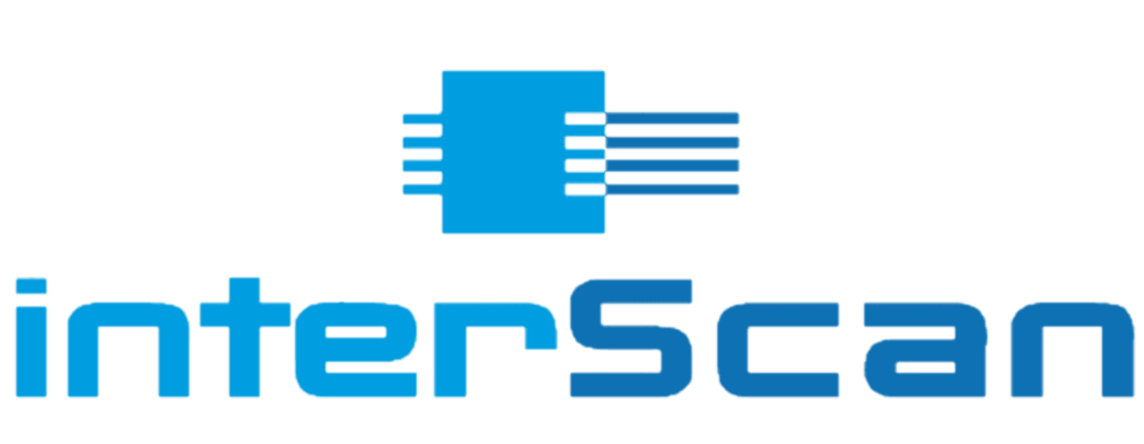Learn more about JetStream AI with this Service Bureau Case Study.
Retrieval & Distribution
& AI Document Indexing
Document Retreival
Document retrieval is finding and accessing a specific document or set of documents within an organization's document management system. Effective document retrieval is essential for efficient business processes, as it ensures that employees can quickly access the information they need to make decisions and complete tasks.
There are several strategies for document retrieval, including keyword search, metadata search, and full-text search. Keyword search involves searching for documents using specific keywords or phrases, while metadata search involves searching for documents based on attributes such as author, date, or document type. Full-text search involves searching for documents based on the text within the document itself.
To ensure effective document retrieval, it is essential to establish a clear system for organizing and storing documents. This can involve using consistent naming conventions, directory structures, and metadata to ensure that documents are easy to find and retrieve. It is also essential to regularly review and update the document management system to ensure it remains effective and up-to-date.
Effective document retrieval can have a significant impact on organizational efficiency and productivity. By enabling employees to find the documents they need quickly, organizations can reduce the time and effort required to complete tasks and improve collaboration and decision-making. Effective document retrieval can also help organizations to meet regulatory requirements related to document storage and retention, reducing the risk of legal or financial penalties.
Document Recognition
Document recognition uses technology to identify and extract information from scanned or digital documents. The technology typically includes Optical Character Recognition (OCR) and Natural Language Processing (NLP) software that can analyze and extract data from documents, regardless of their format, language, or structure. Document recognition technology can extract information such as text, images, tables, and barcodes from documents and classify and sort them for further processing. Document recognition technology is used in many industries, such as banking, insurance, healthcare, and government, to automate document-intensive business processes, reduce manual data entry, and increase accuracy and efficiency.
Document Validation
Document validation verifies that a document is accurate, complete, and compliant with relevant laws, regulations, or standards. This process typically involves checking the document's authenticity, verifying that it contains all the required information, and ensuring that it is accurate and up-to-date. Document validation is essential to ensure that the information contained in a document is reliable and trustworthy and to prevent errors or fraud. It is often used in finance, healthcare, and legal industries to ensure compliance with industry regulations and mitigate legal and financial risks associated with inaccurate or incomplete documents. Automated document validation tools can streamline the process and improve efficiency while reducing the risk of errors or omissions.
Document Extraction
Document extraction automatically identifies and captures data or information from a document, such as text, images, or tables. The extracted data can then be used for various purposes, such as populating databases, generating reports, or feeding into other business processes. Document extraction typically involves machine learning algorithms and natural language processing (NLP) techniques to identify and extract relevant information from unstructured or semi-structured documents, such as invoices, receipts, or forms. The process may also involve converting the extracted data into a structured format, such as a database table or spreadsheet, to facilitate further analysis or processing. Automated document extraction can significantly reduce the time and effort required for manual data entry and improve the accuracy and consistency of the extracted information.
Document Distribution
Document distribution is the process of delivering documents to their intended recipients, whether internal or external, to an organization. Effective document distribution requires a clear understanding of the intended audience and the document's purpose. This can help determine the appropriate distribution method and any necessary security measures to protect sensitive or confidential information. For example, if a document is intended for internal use only, it may be distributed via email or uploaded to a shared drive accessible to authorized employees. A sensitive information document may be encrypted or sent via a secure file-sharing service to ensure unauthorized parties do not intercept or access it.
Document distribution can also involve tracking and monitoring the delivery and receipt of documents. This can help ensure that documents are delivered on time to the correct recipients and provide an audit trail for regulatory compliance purposes. Effective document distribution can have a significant impact on organizational efficiency and productivity. Organizations can improve collaboration, decision-making, and customer service by ensuring that documents are delivered to the right people at the right time. Effective document distribution can also help organizations to meet regulatory requirements related to document delivery and retention, reducing the risk of legal or financial penalties.
Request a Demo
We are excited to answer any questions and can provide virtual demonstrations, document testing and free trials.
